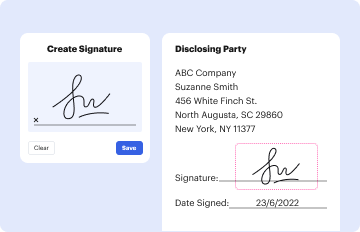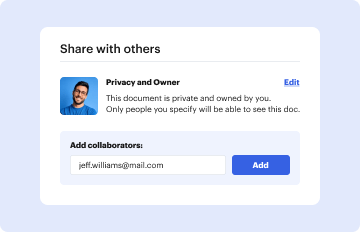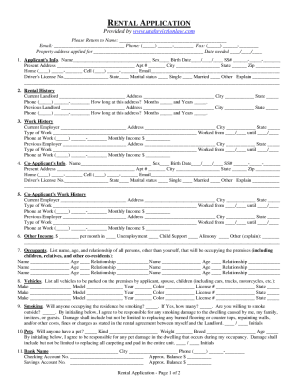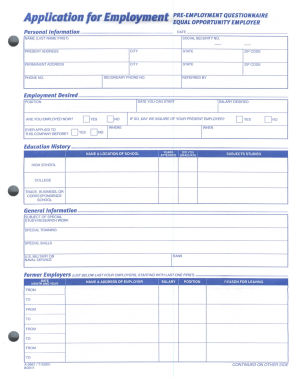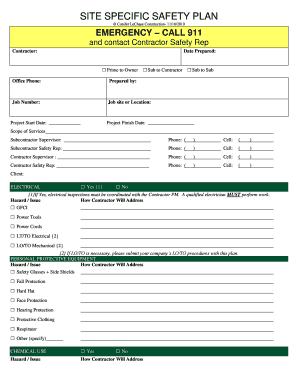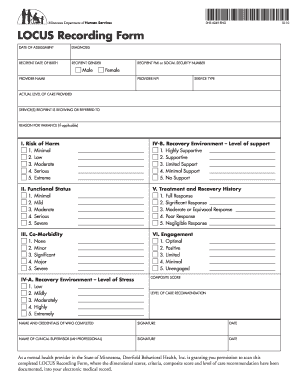Definition & Meaning of the UIA 1795
The UIA 1795 form, also known as the Michigan Unemployment Insurance Agency (UIA) Restitution Balance, is a document used to report an individual's financial obligations to the state regarding unemployment benefits. Specifically, it helps to determine the balance of any overpaid unemployment insurance benefits that need to be repaid. This form is crucial for anyone who has received unemployment benefits but subsequently found out that they were not eligible for the full amount received.
Miscommunication or incorrect reporting can lead to non-compliance with state requirements, making it essential for individuals to clearly understand the implications of their UIA 1795 filing. This form plays a key role in maintaining accurate accounts regarding what recipients owe back to the state, ensuring that the unemployment insurance system remains sustainable and fair for all participants.
How to Use the UIA 1795
Using the UIA 1795 effectively requires a clear understanding of its structure and purpose. Follow these steps to ensure proper completion:
- Download the Form: Obtain the UIA 1795 from the official state unemployment website, or through authorized resources.
- Fill in Personal Information: Include your name, address, Social Security number, and any relevant identification numbers assigned by the UIA.
- Report Overpayments: Clearly indicate the amount of unemployment benefits that were overpaid, based on the agency’s assessment or your records.
- Submit the Form: After ensuring accuracy, submit the completed form through the specified method, either digitally or by mail.
Being organized and thorough while completing the UIA 1795 is critical, as any errors could lead to delays in processing or further complications.
Steps to Complete the UIA 1795
Completing the UIA 1795 can seem daunting, but breaking it down into manageable steps can simplify the process:
- Gather Required Information: Collect all relevant documentation regarding your unemployment benefits. This includes pay stubs, personal identification, and any prior correspondence with the UIA.
- Fill Out the Form: Start by accurately filling in your personal details. This typically includes your name, address, contact information, and Social Security number.
- Detail the Overpayment: Indicate the specifics of the overpayment, including amounts and dates. Reference any notices or documentation received from the UIA indicating the overpayment issue.
- Review the Form: Before submission, double-check all entries for accuracy. Mistakes could lead to incorrect balances being reported.
- Submit the Form: Follow the guidelines for submission. If sending by mail, ensure that you use the correct address. If submitting online, make sure to follow any prompts carefully.
By adhering to these steps, you can ensure that your UIA 1795 is completed thoroughly and accurately, minimizing the risk of complications.
Important Terms Related to the UIA 1795
Understanding certain terms can enhance your comprehension of the UIA 1795 and its context in the unemployment benefits system:
- Overpayment: Any unemployment benefits that were issued above what the individual was eligible to receive.
- Restitution: The act of reimbursing or returning the overpaid amount to the state.
- UIA: Refers to the Michigan Unemployment Insurance Agency, the governing body overseeing unemployment benefits in Michigan.
- Eligibility: Refers to the criteria an individual must meet to qualify for unemployment benefits, which can fluctuate based on various factors such as employment status and income level.
Familiarity with these terms can lead to a better understanding of the UIA 1795 process and highlight the importance of accurate reporting and communication with the UIA.
Legal Use of the UIA 1795
The legal framework surrounding the UIA 1795 is rooted in the state’s regulations on unemployment insurance. Proper use of this form ensures compliance with laws governing the reimbursement of overpaid unemployment benefits. Key legal aspects include:
- Legislation Compliance: The UIA 1795 serves as a formal document required under Michigan law when an individual has been identified as having received an overpayment.
- Rights and Responsibilities: Recipients have a legal obligation to report any discrepancies in their unemployment payments, including overpayments, and to complete the UIA 1795 promptly.
- Consequences of Non-Compliance: Failure to accurately report overpayments can lead to penalties, including increased financial obligations, legal action, or disqualification from future benefits.
Understanding these legal implications can help recipients navigate their responsibilities and rights effectively while dealing with the UIA 1795.
Examples of Using the UIA 1795
Practical examples illustrate how the UIA 1795 can be utilized in various situations:
- Example 1: A worker receiving unemployment benefits realizes that they returned to work earlier than anticipated but continued to receive payments. They complete the UIA 1795 to report this overpayment.
- Example 2: An individual receives a notice from the UIA notifying them of an audit that indicates they received excessive benefits due to incorrect reporting of their earnings. They follow the reporting process outlined in the UIA 1795 to document the overpayment and take responsibility for the excess funds received.
- Example 3: A claimant who had previously received unemployment benefits identifies that they were erroneously charged with an overpayment. By using the UIA 1795 to rectify this situation, they can contest the UIA's claim while providing evidence of their eligibility.
These examples serve to clarify the scenarios in which the UIA 1795 plays a crucial role, emphasizing the importance of timely reporting and a clear understanding of one's obligations.


